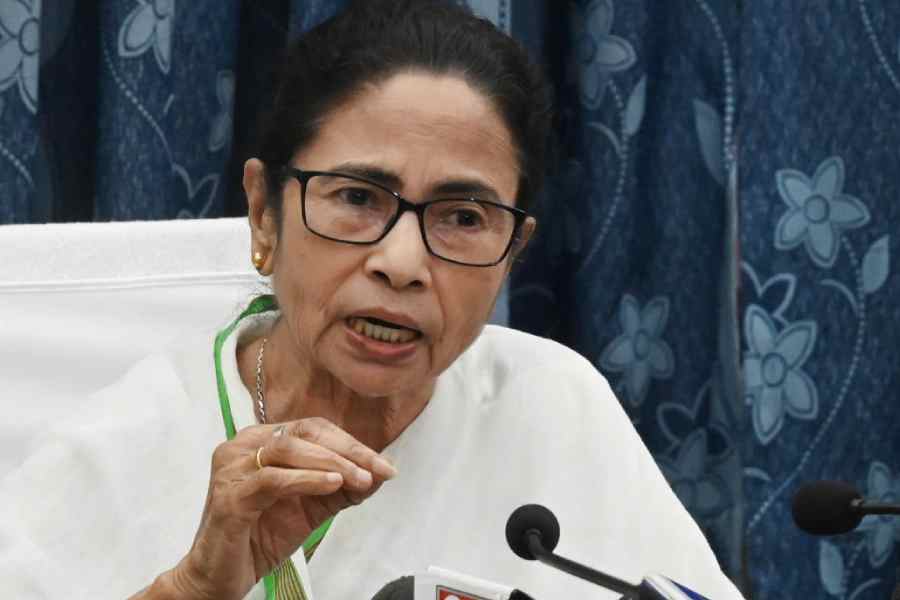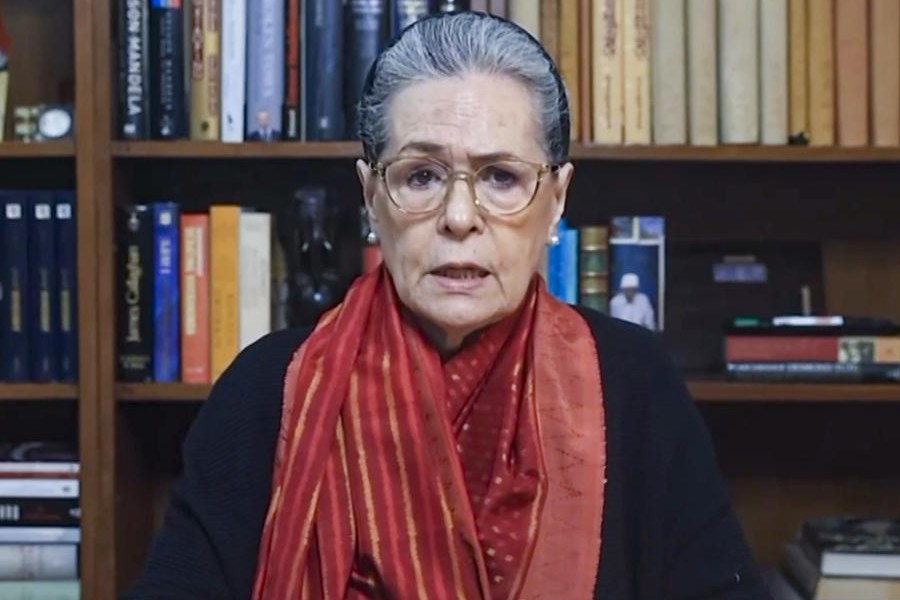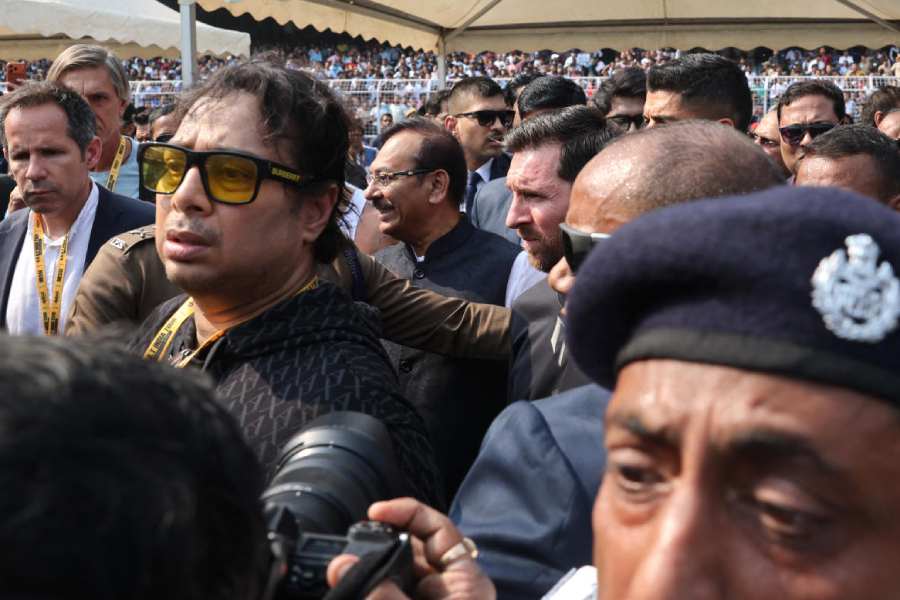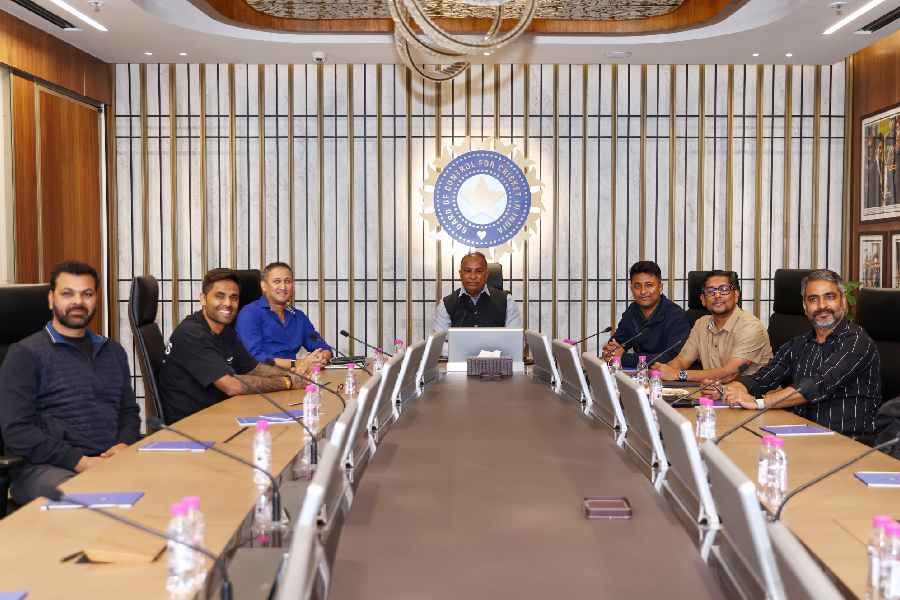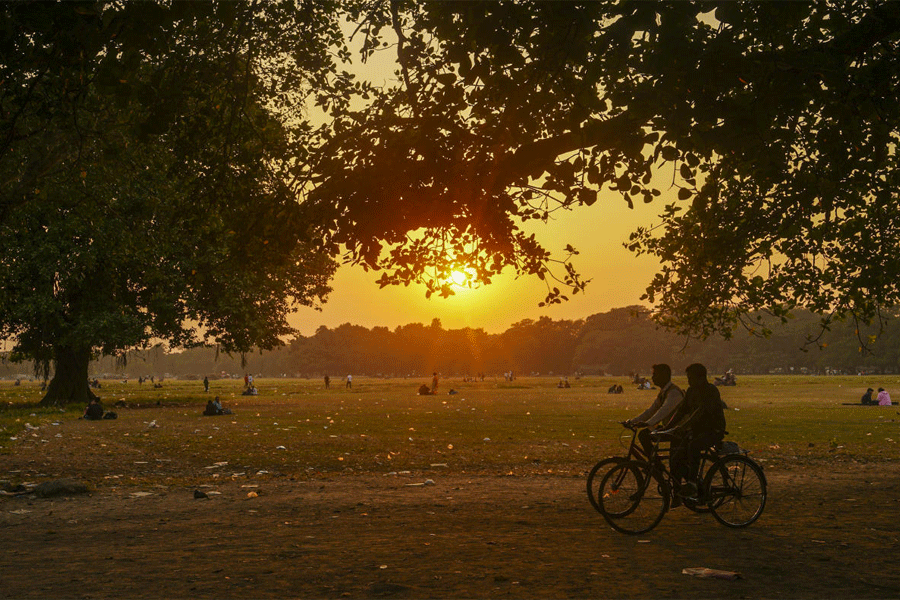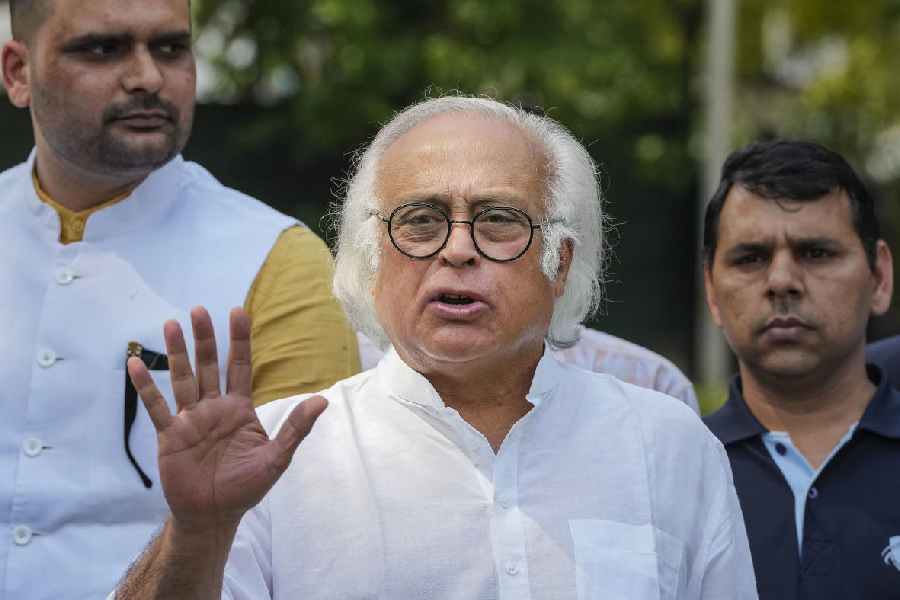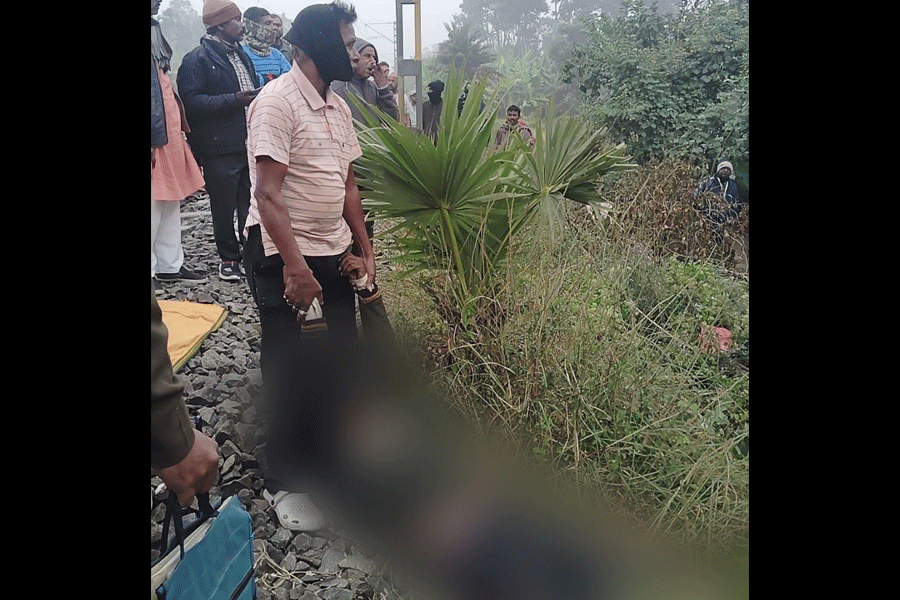The Mamata Banerjee-government may have to cut down its expenditure in the year leading to the Assembly election in 2026 as it may not be able to generate enough own tax revenue generation and or draw generous grants from the Centre to carry out its ambitious programmes.
An analysis carried out by India Ratings (Ind-Ra) of the state budget presented last week suggested that the Bengal government has been optimistic in projecting growth in its own tax revenue and grants from the Centre.
It also observed that projected revenue and capital expenditure appears to be aggressive, adding that the FY25 growth projection of gross state domestic product (GSDP) at 11.9 per cent was unrealistic.
“A closer look at the numbers points to optimistic assumptions regarding nominal GSDP growth, grants and own revenues. This may lead to revenues and capex being lower than budgeted for the government.
“Ind-Ra opines the revenue deficit and fiscal deficit are likely to be higher by around 50 basis points and 20 basis points, respectively, than budgeted in FY26,” said Paras Jasrai, senior analyst & economist, Ind‑Ra.
Closer look
While the Centre has projected a 10.5 per cent growth in tax devolution, Bengal has projected a 11.4 per cent rise in tax devolution in FY26 budget estimate (BE) at ₹106,998 crore.
In addition, historical trends reveal that the state has been receiving much lower grants than budgeted (actuals were on an average 74.8 per cent of budgeted amount during FY21-FY24) and that may turn out to be the case even in FY26.
For instance, RE suggests the state would receive ₹28,431 crore in grants in FY25, compared with ₹34,684 crore estimated (BE).
Despite this, the state is projecting a 30.7 per cent rise in grants in FY26 to ₹37,157 crore. The agency apprehends the actuals may be less by ₹9,000 crore.
The agency also observed that states’ own tax revenue generation is projected to grow 12.7 per cent to ₹112,543 crore from ₹99,863 crore in FY25 RE.
The biggest contributors to Bengal’s own generations are state GST, followed by excise duty (on liquor), sales tax (on petrol, diesel and ATF) and stamp and registration fees.
While the 1.1 times nominal GDP growth looks realistic, a lower-than-budgeted nominal GSDP would lead to some moderation in state own tax revenue collections in FY26.
On the whole, Ind-Ra observes, the state could face a situation of shortfall in revenue receipts in FY26 due to the lower-than-budgeted grants and own revenues.
Revenue and capex
The government has projected an 11.3 per cent rise in revenue expenditure to ₹301,375 crore in FY26 from ₹270,852 crore in FY25 (RE).Given that revenue expenditure has grown by 8.2 per cent CAGR during FY18-24, Ind-Ra believes the FY26 estimate is overstated.
Social services, the bedrock of Mamata Banerjee-government’s electoral success, is the largest component of revenue expenditure at ₹158,879 crore in FY26 BE. Revenue expenditure excluding interest, salary and pension (other revenue expenditure) is budgeted to grow 18.4 per cent.
“Thus, in Ind-Ra’s view, lower-than-budgeted revenues would result in lower-than-budgeted revenue expenditure in FY26; however, given the forthcoming state elections, the difference may not be that high,” the Ind-Ra report noted.
The state has budgeted capex at ₹40,086 crore, 33.7 per cent higher than FY25 (RE). Ind-Ra argued the capex target for FY26 is high, given CAGR of 7.4 per cent during FY18-FY24.

